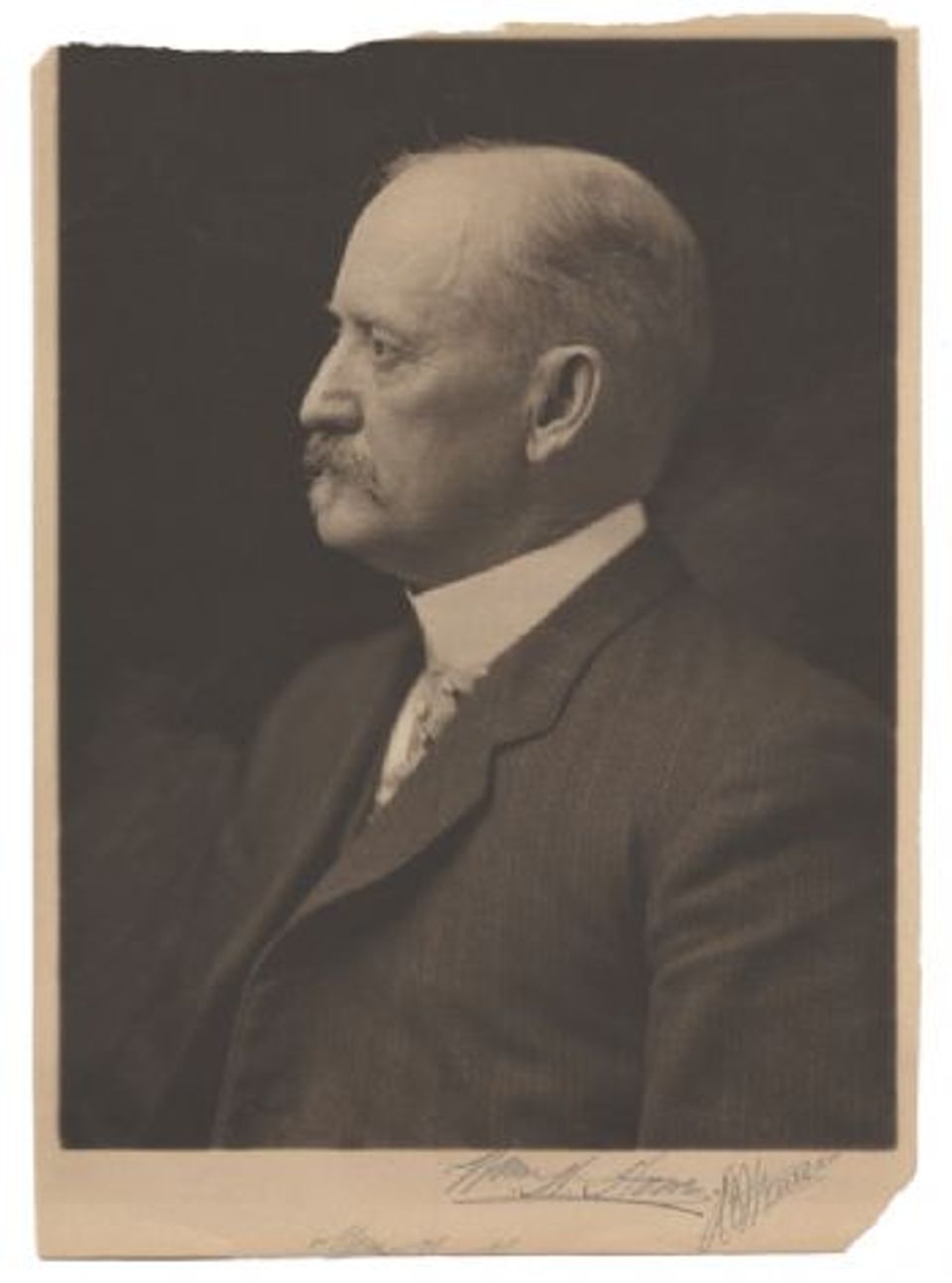William H. Howe

- Biography
During his youth, Howe engaged in mercantile activities in Grand Rapids, Michigan, and later in Saint Louis, where he also studied elementary drawing. Soon after (in 1880), he went abroad to continue his studies, first for two years at the Royal Academy in Düsseldorf and then in Paris under Felix de Vuillefroy and Otto de Thoren, an Austrian painter of cattle. During these twelve years in Europe, he made many sketching trips to Normandy and Holland and exhibited at the Paris Salons from 1883 to 1893. Upon his return to America in 1893, he set up a studio in New York City, but soon moved to Bronxville, New York, to help found a small artists' colony there. After 1902 he spent his summers in Old Lyme, Connecticut. Howe won gold medals at the Universal Exposition of 1889 in Paris, the Pennsylvania Academy of the Fine Arts in 1890, and the Crystal Palace Exposition of 1890. He was elected an academician of the National Academy of Design in 1897 and was decorated by the French government with the Cross of the Legion of Honor in 1898.
Although an early admirer of both the Dutch painter Émile Van Marcké and the Austrian painter de Thoren, Howe's true source of inspiration seems to have derived from the better known examples of landscapes with cattle by Constant Troyon. For John Van Dyke's anthology Modern French Masters (1896), Howe contributed a lengthy eulogy on the French animalier. Howe departs from his European prototypes, however, in his predilection for large bovine portraits instead of scenes where animal and land coexist in harmony. Often close to life size, works such as Howe's Monarch of the Farm [Smithsonian American Art Museum, 1921.1.3] represented a level of late-nineteenth-century taste that very nearly brought the barn stall into the American living room.
Peter Bermingham American Art in the Barbizon Mood (Washington, D.C.: National Collection of Fine Arts and Smithsonian Institution Press, 1975)
- Luce Artist Biography
William Henry Howe decided to become an artist at the age of thirty-five while working as a clerk in a dry goods store in Grand Rapids, Michigan. He studied in Paris and Düsseldorf, and after returning to the United States he exhibited regularly in New York. Howe founded an artists’ colony in Bronxville, New York, and spent summers with another community of artists in Old Lyme, Connecticut. His work was so well respected among curators and critics that major museums collected his paintings during his lifetime. (Sweeney, Artists of Grand Rapids, 1840-1980, 1981)













